Shin splints can be a runner’s worst nightmare, causing pain and discomfort that may deter even the most passionate athletes. Thankfully, choosing the right running shoes can significantly reduce the risk of developing this common condition. In this comprehensive guide, we’ll explore the best running shoes to prevent shin splints, backed by research and paired with cultural insights from across the USA.
Understanding Shin Splints
Shin splints, scientifically referred to as medial tibial stress syndrome, often arises from excessive running or a sudden increase in activity levels. It manifests as pain along the inner edge of the shinbone (tibia). Factors contributing to shin splints include:
- Improper Footwear: Shoes that lack support or cushioning.
- Running Surface: Hard surfaces like concrete can exacerbate the condition.
- Biomechanics: Overpronation or flat feet can lead to uneven pressure distribution.
- Training Errors: Sudden increases in distance or intensity.
Importance of Proper Footwear
The right pair of running shoes can provide the necessary support and cushioning, helping to distribute impact forces evenly and reduce strain on the shins. Let’s dive into the key features to look for in shoes to prevent shin splints:
Cushioning
Effective cushioning absorbs shock and reduces the impact on your legs. Look for running shoes that feature advanced cushioning technologies like:
- Gel Inserts: Common in brands like ASICS.
- Air Cushioning: Found in Nike shoes.
- EVA Foam: Lightweight and absorbs shock efficiently.
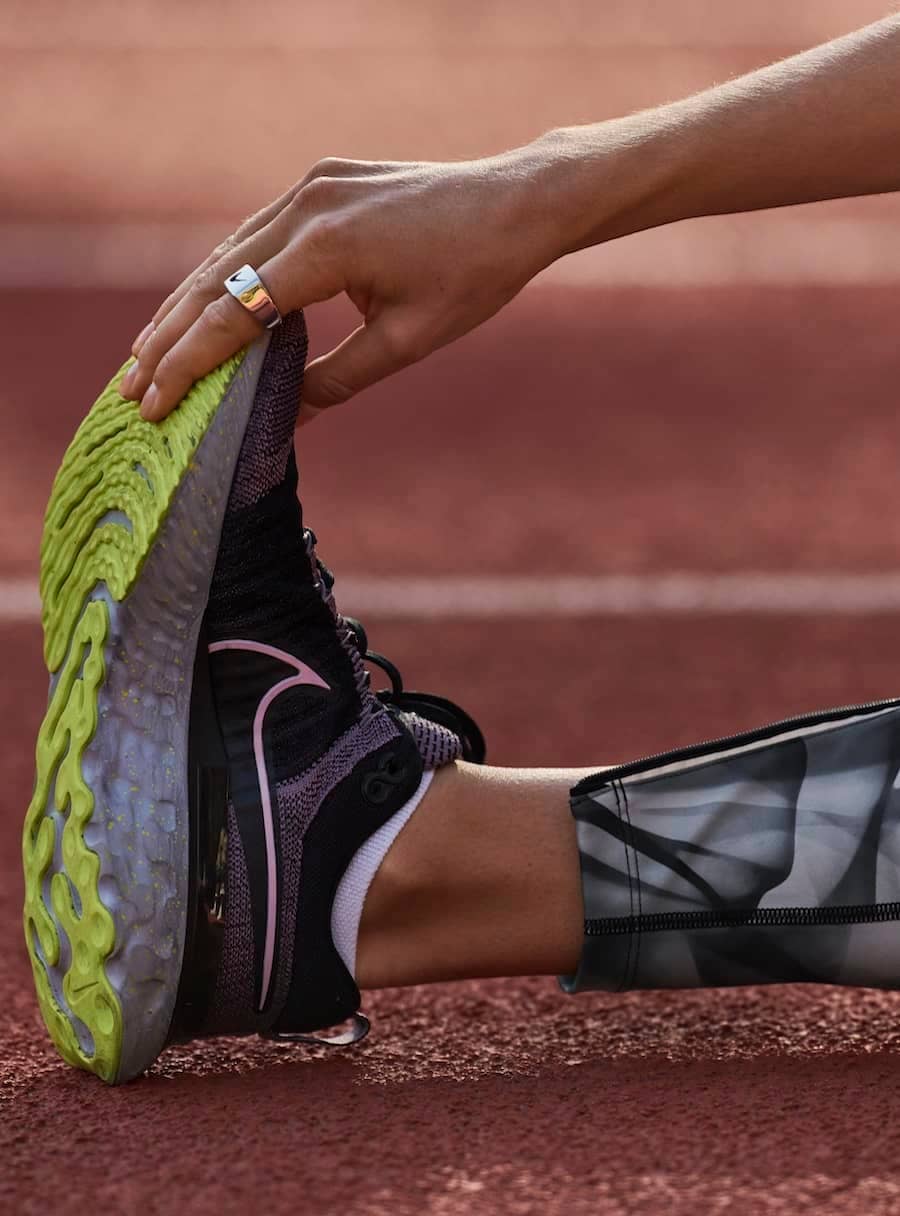
Arch Support
Arch support is crucial, especially for runners with flat feet or high arches. Supportive shoes can prevent overpronation and maintain correct foot alignment.
Stability
Stability shoes are designed to control overpronation and offer extra support for runners who need it. They often feature a firmer midsole to help keep the foot aligned.
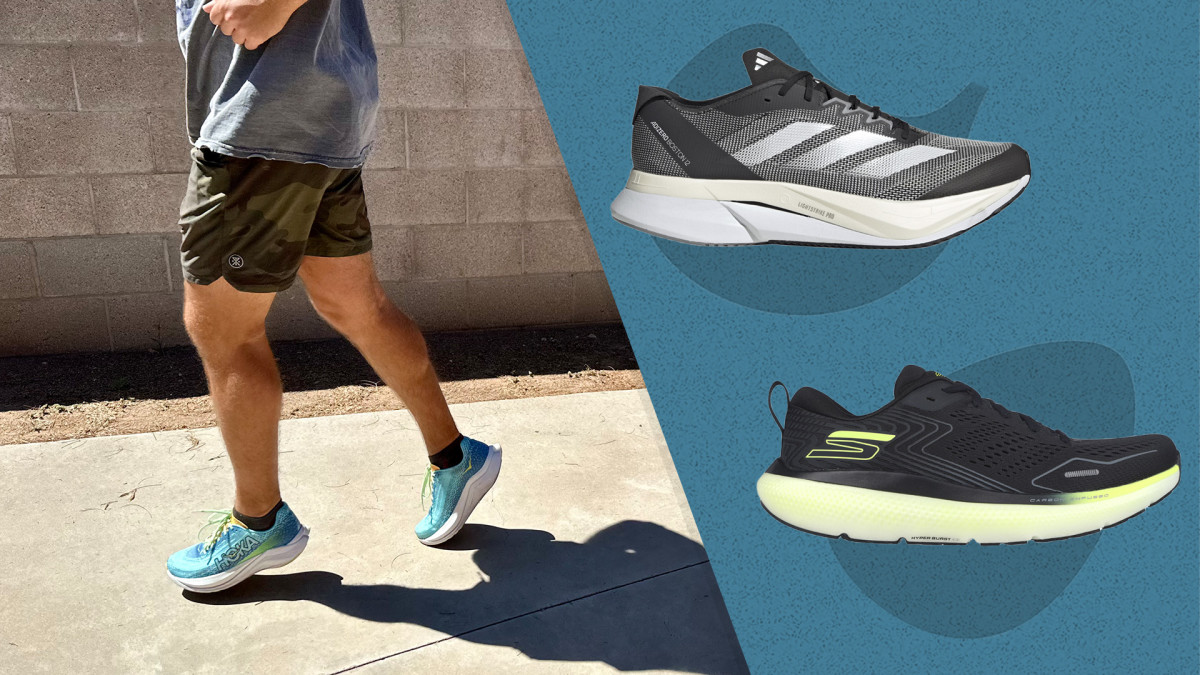
Top Running Shoe Brands for Shin Splint Prevention
Here’s a closer look at some of the leading brands known for producing shoes that help prevent shin splints:
Brooks
Brooks offers a range of cushioned and supportive running shoes. The Brooks Ghost and Brooks Adrenaline GTS are popular models among runners for their balance of comfort and support.
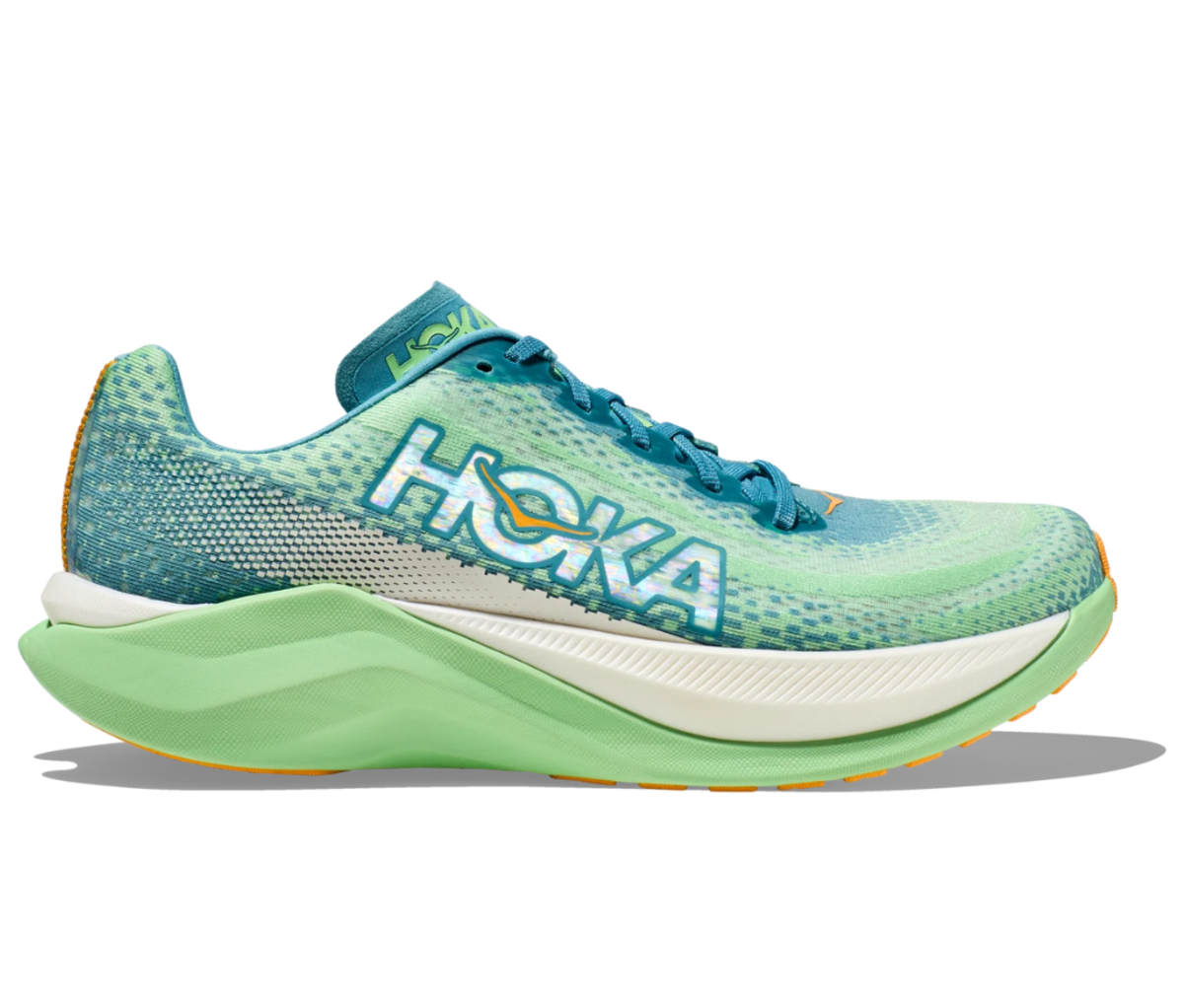
ASICS
ASICS designs focus on comfort and shock absorption. The ASICS Gel-Kayano and ASICS Gel-Nimbus are excellent choices for runners prone to shin splints.
Nike
Nike’s Nike Air Zoom Pegasus and Nike React Infinity Run provide exceptional cushioning and responsiveness, ideal for runners looking to reduce impact stress.

New Balance
Known for its wide fit options, New Balance’s Fresh Foam 1080 provides excellent cushioning and support, making it a great option for anyone dealing with shin splints.
Comparison of Top Running Shoes to Prevent Shin Splints
| Brand & Model | Cushioning Type | Stability Features | Recommended For |
|---|---|---|---|
| Brooks Ghost | DNA Loft | Neutral | All runners |
| ASICS Gel-Kayano | GEL Technology | Stability | Overpronators |
| Nike React Infinity Run | React Foam | Neutral | New and experienced runners |
| New Balance Fresh Foam 1080 | Fresh Foam | Neutral | Long distance runners |
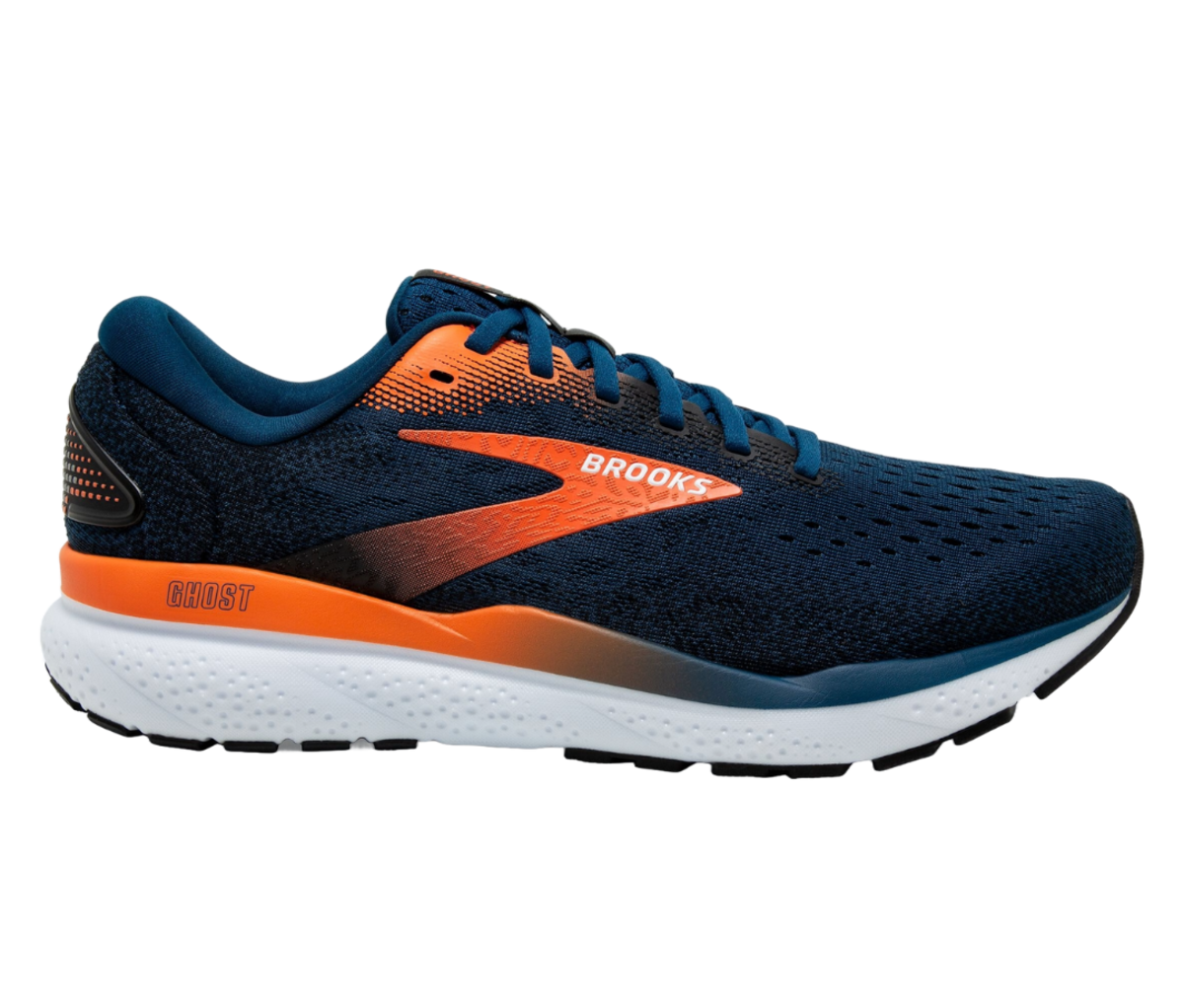
Additional Features to Consider
Fit
The fit of your running shoe is as significant as the cushioning. Ensure there is enough room in the toe box and that the shoe securely fits around your heel to prevent slipping.
Weight
A lightweight shoe can enhance your speed and reduce fatigue, but ensure that it doesn’t compromise on support and cushioning.

Local Insights: Best Running Shoes Across the USA
Running culture varies across the USA, from the bustling streets of New York City to the scenic trails of Colorado. Here’s how local experiences influence shoe choice:
East Coast Runners
In urban areas like New York, where concrete dominates the landscape, many runners opt for shoes with superior cushioning to mitigate the impact of hard surfaces. The ASICS Gel-Nimbus is a favorite due to its plush feel.

West Coast Enthusiasts
California runners, often found on trails, prefer footwear that balances durability and breathability. The Brooks Ghost is a hit, providing the necessary comfort for longer runs.
Midwest Runners
In the Midwest, where runners contend with a mix of weather conditions, waterproof and supportive shoes like the New Balance Fresh Foam 1080 are popular choices.
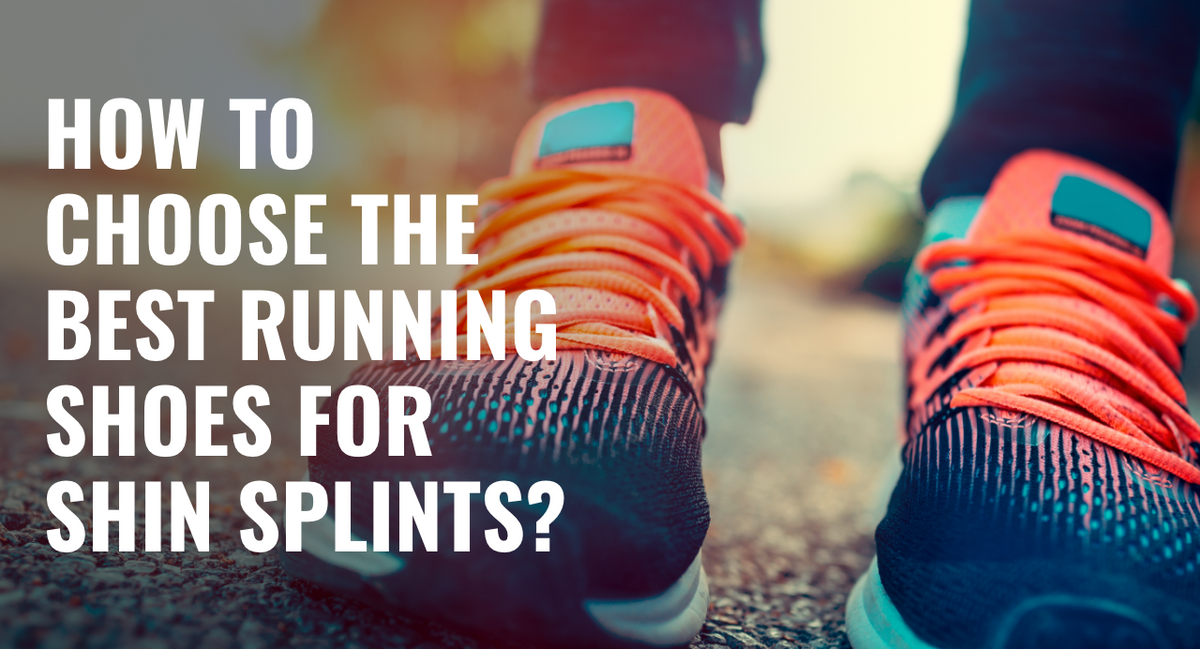
Expert Tips for Avoiding Shin Splints
- Gradual Increase: Increase your mileage and intensity gradually to avoid overuse injuries.
- Cross-Training: Incorporate low-impact exercises like swimming or cycling to maintain fitness without straining your shins.
- Proper Warm-Up: Always warm up before runs to prepare your muscles and joints.
- Stretching: Regularly stretch your calf and shin muscles to maintain flexibility.
Frequently Asked Questions
What are the signs of shin splints?
Common signs of shin splints include pain along the shinbone, tenderness, soreness, or pain in the lower leg before, during, or after an activity.
Can certain types of running shoes help prevent shin splints?
Yes, shoes with good cushioning, support, and stability features can help prevent shin splints by reducing the impact on your legs during running.
How often should I replace my running shoes to prevent injuries?
It’s generally recommended to replace running shoes every 300-500 miles, depending on the shoe’s material and your running style.
Are there specific exercises to help with shin splints?
Yes, exercises that strengthen the lower leg muscles and improve flexibility, like calf raises and toe raises, can help prevent shin splints.
Conclusion
In the quest to prevent shin splints, selecting the right running shoes is paramount. By understanding your foot type, recognizing the importance of cushioning and support, and following expert advice, you can enjoy your runs while minimizing the risk of injury. Whether you’re a seasoned marathoner or just starting, investing in a quality pair of shoes can make all the difference.